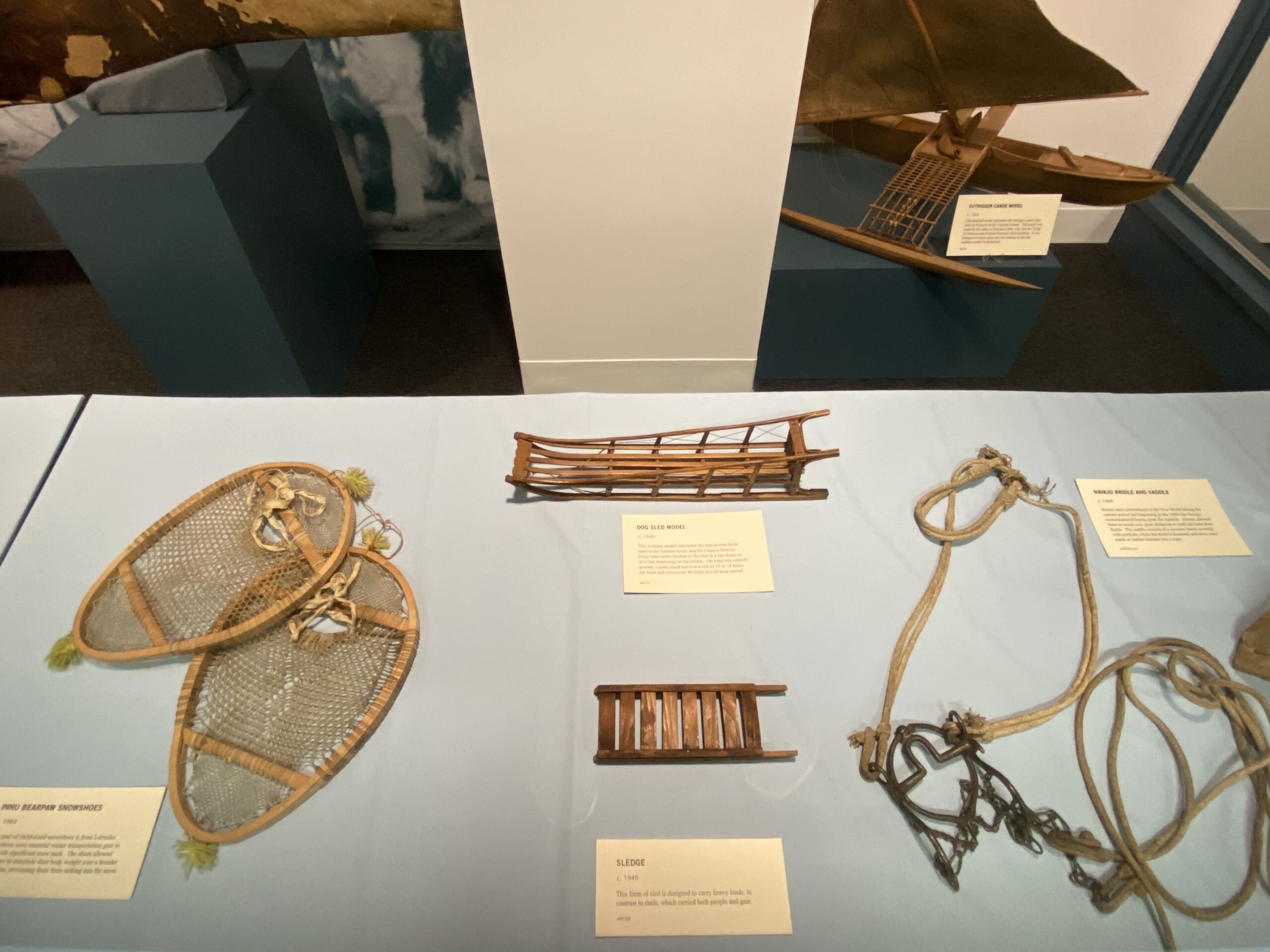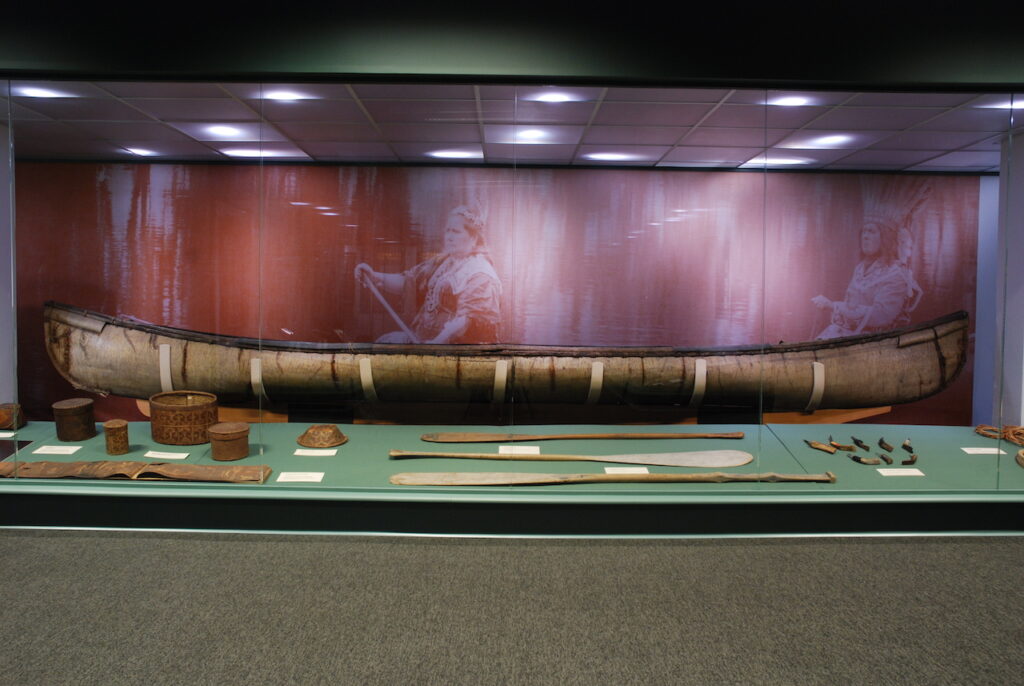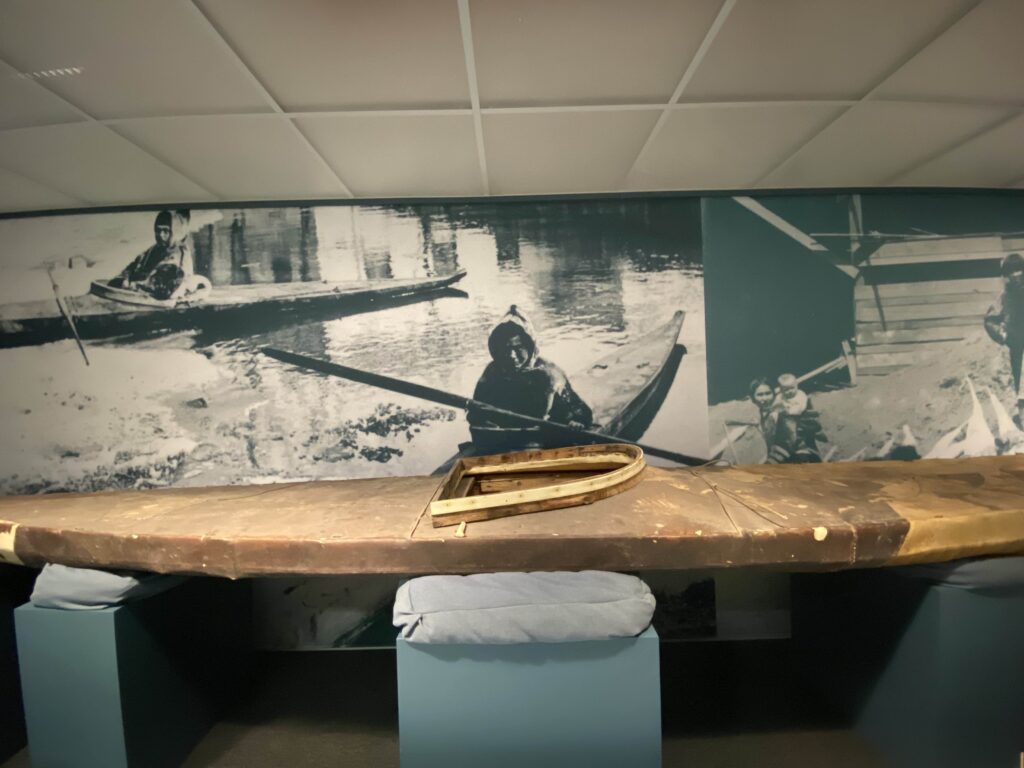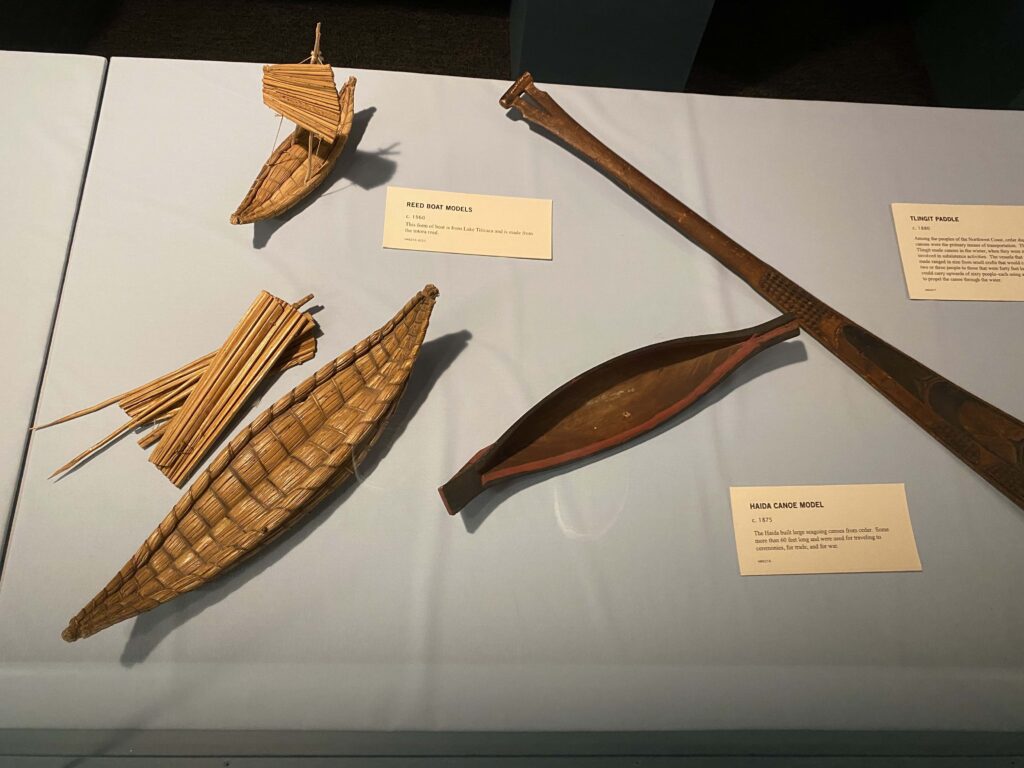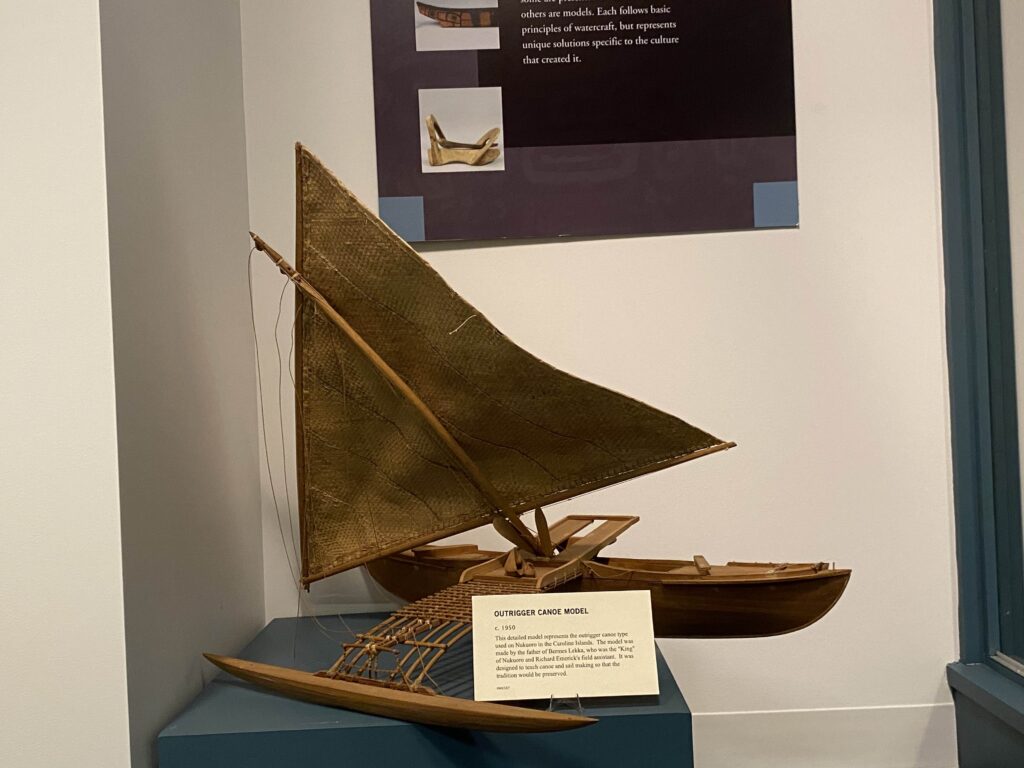Activity 5 – Transportation
Just like what houses people build, how people get from place to place varies greatly from culture to culture. People travel for work and for fun, to access different resources, or even from place to place to live throughout the year. This travel may be done on foot, with the help of pack or riding animals, or with boats, cars, or even dogsleds! Think about the many ways you get around each day – you may walk or ride a bike, scooter, or skateboard. You ride in cars, trucks, or maybe even busses. You may sometimes take the train, a boat, or even an airplane!
Just like what houses people build, how people get from place to place varies greatly from culture to culture. People travel for work and for fun, to access different resources, or even from place to place to live throughout the year. This travel may be done on foot, with the help of pack or riding animals, or with boats, cars, or even dogsleds! Think about the many ways you get around each day – you may walk or ride a bike, scooter, or skateboard. You ride in cars, trucks, or maybe even busses. You may sometimes take the train, a boat, or even an airplane!
What powers these modes of transportation? Many of the simplest forms of transportation are powered by people! Over the years, people have come up with many ingenious ways to improve upon human-powered transportation. These include things as complex as bicycles and as simple as snowshoes, which make walking through deep snow much easier. Speaking of snow, the forms of transportation cultures use are dependent on where they live, just like with houses! Cultures in places with a lot of snow would quickly find out that sleds make moving things and people much easier. People in areas with lots of lakes and rivers, or ones that are close to the ocean, would rely pretty heavily on boats. Cultures in drier areas might focus more on animals that could carry them, or on carts and wagons.
Similar transportation methods may look very different in different places with different resources and waterways. Maine Native Americans used birchbark canoes while Arctic Native Americans made kayaks out of animal bone and hide and Mesoamericans build theirs from bundles of reeds! Pacific island peoples often added an outrigger to their canoes to provide stability navigating ocean waves. They both needed water transportation, but the resources available to them meant that they went about it in very different ways.
Transportation is so interesting to anthropologists because of the huge amount of variation found around the world. All of this variation stems from the same basic problem: how do we move people and things from place to place. Seeing how different cultures solve the same problem in such a variety of ways helps us understand how humans are similar and how we are different. The differences stem in part from the specific environment to be traversed, the materials at hand, and the scale and frequency of what needs to be moved.
Activity Time!
Let’s think about how we move from place to place! What powers the various forms of transportation we discussed above? Can you think of any forms of transportation we didn’t discuss? Can you come up with a new form of transportation? What powers it? Where would it be useful?

